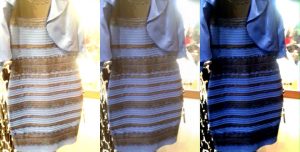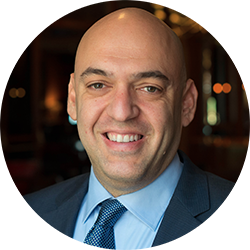
The dress. Further proof that there is nothing more unreliable than eyewitness identification. By now, we’ve all seen it. Is it blue and black or is it white and gold? Sure, it’s a fun internet time waster. But it’s actually a great example of why the issue of eyewitness identification is so problematic in criminal cases.
The problems of the reliability in eyewitness identification first came to the forefront in a 1967 US Supreme Court case called United States v. Wade 388 US 218 (1967). In that case Justice Brennan described eyewitness identifications as “notoriously unreliable” and engaged in a long discussion about juries giving undue weight to eyewitness testimony.
Indeed, Justice Brennan was right. In recent years The Innocence Project conducted research in which they found that “eyewitness misidentification is the single greatest cause of wrongful convictions nationwide, playing a role in more than 75% of convictions overturned through DNA testing.”
So why do juries believe eyewitness identification? Because eyewitness ID witnesses are usually very well prepared by the prosecution. They’ve been interviewed repeatedly by police and prosecutors, they’ve repeated their version of events dozens of times, they’ve played it over in their heads. They’ve been reinforced with photographs or improperly conducted lineups. There is also the additional human instinct to be helpful. People want to help the police, want to help solve a crime, they believe that they’re doing the right thing. Their version of events is often not challenged until they’re in a courtroom and cross examined by a criminal defense attorney. By then, the stories are often locked in.
One way that a criminal defense attorney can challenge expert witness testimony at trial is by using experts to debunk and challenge the reliability of eyewitness testimony. There are many qualified psychologists who can testify to the inherent problems with eyewitness testimony. While there are efforts to allow these experts to testify in all eyewitness cases, the admissibility varies from state to state and even courtroom to courtroom.
Eyewitnesses are not intentionally lying or trying to mislead a jury. Eyewitnesses often genuinely believe that what they think they saw is what actually occurred. Just like you are certain that the dress is blue and black or white and gold (for the record, I saw blue and black every time).
If you or a loved one is accused of a crime in state or federal court in California, you can contact the Law Offices of Jerod Gunsberg at (323) 633-3423 or via the secure contact form on this page for a confidential consultation.

